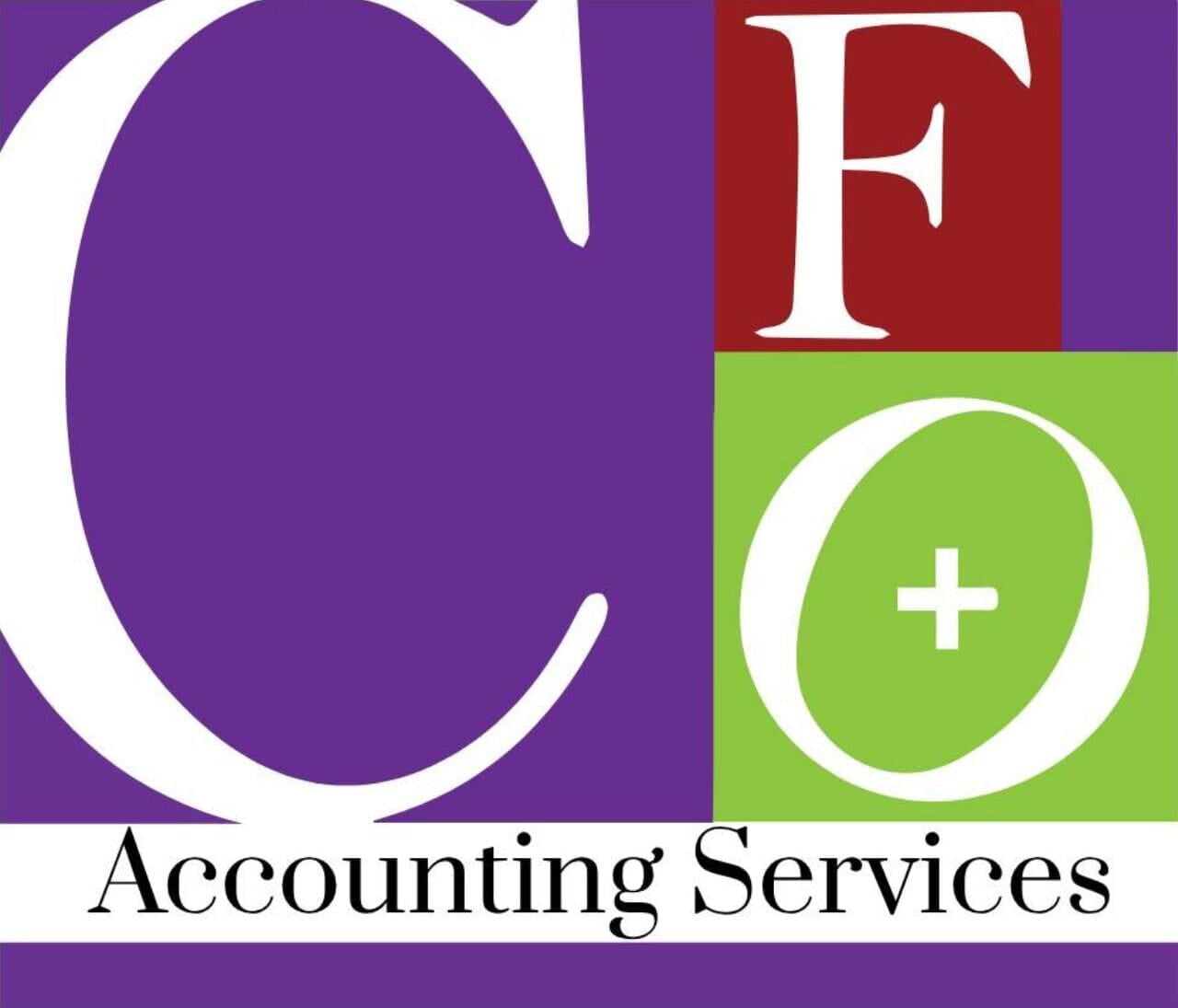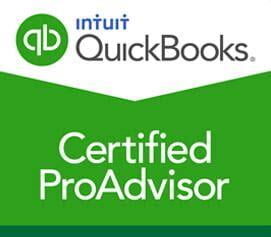A breakdown of key financial reports like cash flow statements and balance sheets, explaining their importance for informed decision-making.
In today’s dynamic business world, understanding and leveraging financial reports is crucial for every business owner. Financial reports provide insight into a company’s health, operational efficiency, and profitability, empowering business owners to make well-informed, strategic decisions. Here, we’ll dive into five essential financial reports—cash flow statement, balance sheet, income statement, accounts receivable (AR) aging report, and accounts payable (AP) aging report—highlighting their importance and what they reveal about a business.
1. Cash Flow Statement
Purpose: The cash flow statement provides an overview of all cash moving in and out of the business, showing how well the company generates cash to fund its operations, meet obligations, and invest in growth.
Why It’s Important: Cash flow is often cited as the lifeblood of a business. This statement breaks down cash flows into three primary categories:
- Operating Activities: Includes revenue from core business operations and day-to-day expenses.
- Investing Activities: Reflects cash used for investing in business assets or received from asset sales.
- Financing Activities: Tracks cash received from loans, investors, or repayment of debts.
For business owners, this report answers crucial questions like whether the company generates enough cash to sustain itself, whether it’s over-relying on financing, or if it's well-positioned to reinvest in growth.
2. Balance Sheet
Purpose: The balance sheet provides a snapshot of a business's financial position at a specific point in time, listing its assets, liabilities, and shareholders' equity.
Why It’s Important: By examining assets (what the business owns) and liabilities (what the business owes), owners can determine their company’s net worth and financial stability. The balance sheet reveals the degree to which a business relies on debt versus equity and provides a foundational perspective on liquidity. Important ratios derived from the balance sheet—such as the current ratio (current assets divided by current liabilities)—help gauge a company’s ability to meet short-term obligations.
Understanding these factors is essential for assessing the financial leverage and risk levels in a business.
3. Income Statement
Purpose: The income statement, often referred to as the profit and loss (P&L) statement, shows a business’s profitability over a specific period. It details revenue earned and expenses incurred to illustrate how much profit (or loss) the company generated.
Why It’s Important: The income statement reveals the company’s efficiency in generating profit from its core operations. By analyzing revenue, cost of goods sold (COGS), gross profit, and net income, business owners can see which areas of the business are most profitable, where expenses can be trimmed, and how to improve overall profitability.
The income statement also highlights the impact of operational costs, allowing for the assessment of potential changes to increase revenue and reduce unnecessary expenses.
4. Accounts Receivable (AR) Aging Report
Purpose: The AR aging report categorizes unpaid customer invoices based on their due dates, typically organized into 30-day intervals.
Why It’s Important: For many businesses, a significant portion of cash flow comes from customer payments. Delays in receiving payments can hinder operations and growth. By understanding which clients are delaying payments, business owners can implement proactive collection strategies, negotiate better terms, or focus on customer retention strategies for reliable payers.
The AR aging report helps business owners monitor cash inflow, reduce bad debt, and improve financial forecasting accuracy.
5. Accounts Payable (AP) Aging Report
Purpose: The AP aging report categorizes unpaid supplier invoices, highlighting when each is due to help a business manage its outflow of funds.
Why It’s Important: This report enables business owners to manage supplier payments efficiently, potentially avoiding late fees, maintaining strong supplier relationships, and optimizing cash flow. Additionally, the AP aging report helps assess upcoming financial commitments, ensuring that a company has enough cash to cover liabilities as they come due.
A proactive approach to accounts payable helps maintain good credit with suppliers, which may come in handy when negotiating better terms or during growth phases.
Putting It All Together: Leveraging Financial Reports for Informed Decisions
Mastering these five financial reports allows business owners to keep a close pulse on their company’s financial health and proactively address potential issues. Here’s how they work together:
- Cash flow and balance sheet reports give an overarching view of financial stability, highlighting areas where liquidity may be an issue.
- The income statement provides insight into profitability, helping owners make decisions about investments or cost-cutting.
- AR and AP aging reports allow for the monitoring of cash flow through effective customer payment collection and supplier payment strategies.
By routinely reviewing these reports, business owners can make informed decisions, allocate resources strategically, and ensure that their businesses remain financially sound. Staying on top of financial reports isn’t just a best practice—it’s essential for long-term business success.
Ready to learn more?






